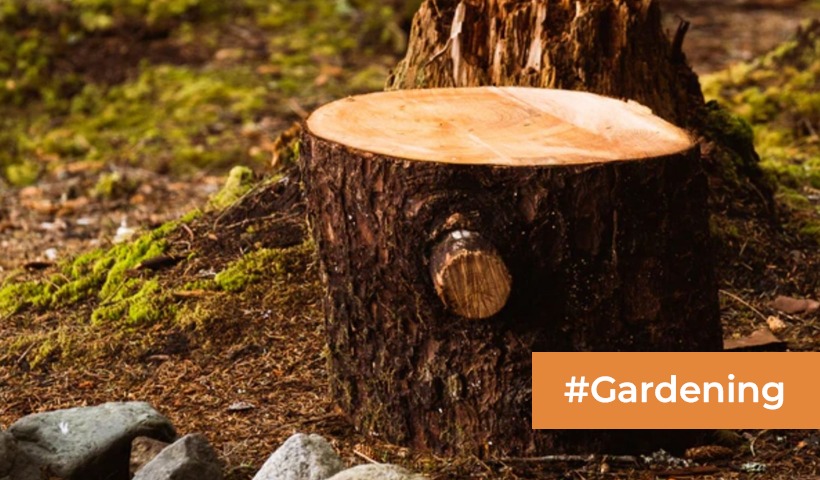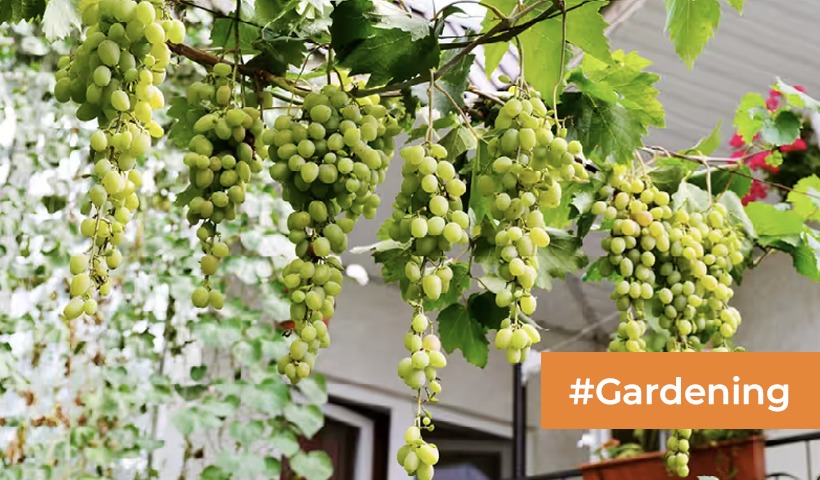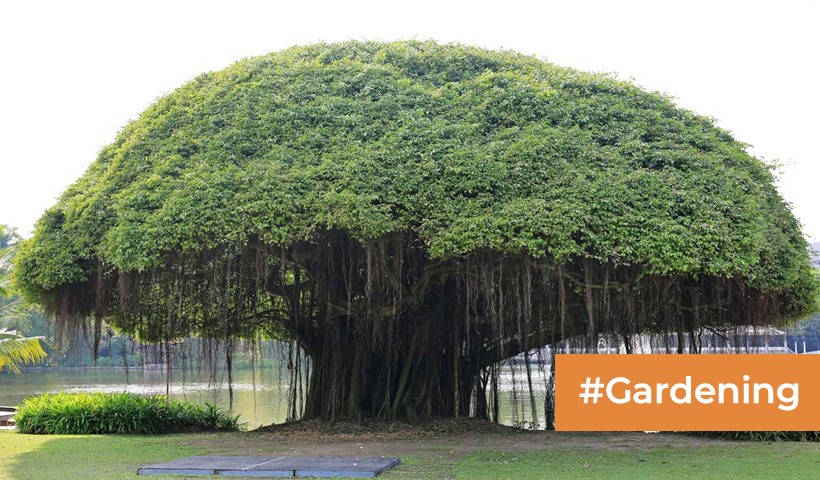Sheesham Tree: Benefits & Uses | Indian Rosewood Guide
The Sheesham tree, scientifically known as Dalbergia sissoo and commonly referred to as Indian Rosewood or Shisham, is a magnificent tree native to the Indian subcontinent. Revered for its beauty, durability, and a wide range of uses, the Sheesham tree holds a significant place in the world of forestry and woodworking. In this blog, we’ll explore interesting facts, maintenance tips, and the many benefits associated with the Sheesham tree.
Facts About the Sheesham Tree:
- Appearance: The Sheesham tree is an evergreen tree that can grow up to 25-30 meters in height. It boasts a straight, cylindrical trunk with a dark grayish-brown bark. The leaves are compound and consist of several smaller leaflets.
- Wood Quality: Sheesham wood is highly regarded for its exceptional quality. It is dense, strong, and has a beautiful, rich grain pattern that varies from golden to dark brown. The wood’s density makes it resistant to decay and termites.
- Native Range: The Sheesham tree is native to the Indian subcontinent, primarily found in India, Pakistan, and Nepal. It thrives in regions with a tropical and subtropical climate.
- Botanical Significance: Sheesham belongs to the Dalbergia genus, which includes several species known for their high-quality timber. Dalbergia sissoo is among the most commercially important species in this genus.
Maintenance Tips for Sheesham Trees:
- Pruning: Regular pruning helps maintain the shape and health of the tree. Prune away dead or diseased branches and any overgrowth that might interfere with nearby structures.
- Watering: Young Sheesham trees require consistent watering to establish their roots. Once established, they are relatively drought-tolerant but benefit from occasional watering during dry spells.
- Fertilization: Apply organic compost or well-rotted manure around the base of the tree in the spring to provide essential nutrients.
- Protection: Protect the tree from damage by avoiding construction or heavy machinery near its root zone. Mulching around the base can also help retain soil moisture and prevent weed growth.
Benefits of the Sheesham Tree:
- High-Quality Timber: Sheesham wood is renowned for its quality and is used in furniture, cabinetry, flooring, musical instruments, and carving. It’s often referred to as “Indian Rosewood” due to its exceptional grain pattern and durability.
- Medicinal Uses: In traditional Ayurvedic medicine, various parts of the Sheesham tree are used to treat ailments like fever, inflammation, and skin conditions.
- Shade and Ornamental Value: Sheesham trees are planted for their shade and ornamental value in urban and rural areas. They provide relief from the scorching sun and enhance the beauty of landscapes.
- Soil Improvement: Sheesham trees have nitrogen-fixing properties, which can improve soil fertility. Their fallen leaves contribute organic matter to the soil.
- Erosion Control: The extensive root system of Sheesham trees helps prevent soil erosion, making them valuable in regions prone to erosion.
- Habitat for Wildlife: The tree provides habitat and food for various birds and insects, contributing to biodiversity.
- Timber Industry: The Sheesham timber industry supports livelihoods in rural areas, providing a source of income for communities through timber harvesting and woodworking.
The Sheesham tree is not only a valuable natural resource but also a symbol of sustainability and cultural significance in the Indian subcontinent. Its versatile wood and various environmental benefits make it a cherished part of forestry and landscape management in the region. Whether for its timber or its contribution to the environment, the Sheesham tree continues to play a vital role in our world.
Disclaimer: The views expressed above are for informational purposes only based on industry reports and related news stories. PropertyPistol does not guarantee the accuracy, completeness, or reliability of the information and shall not be held responsible for any action taken based on the published information.




